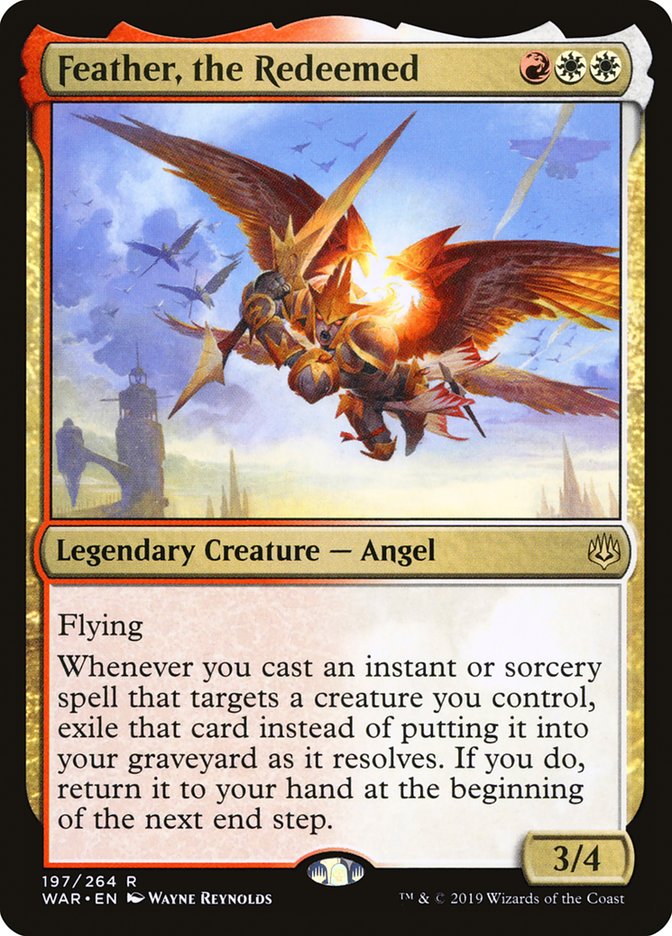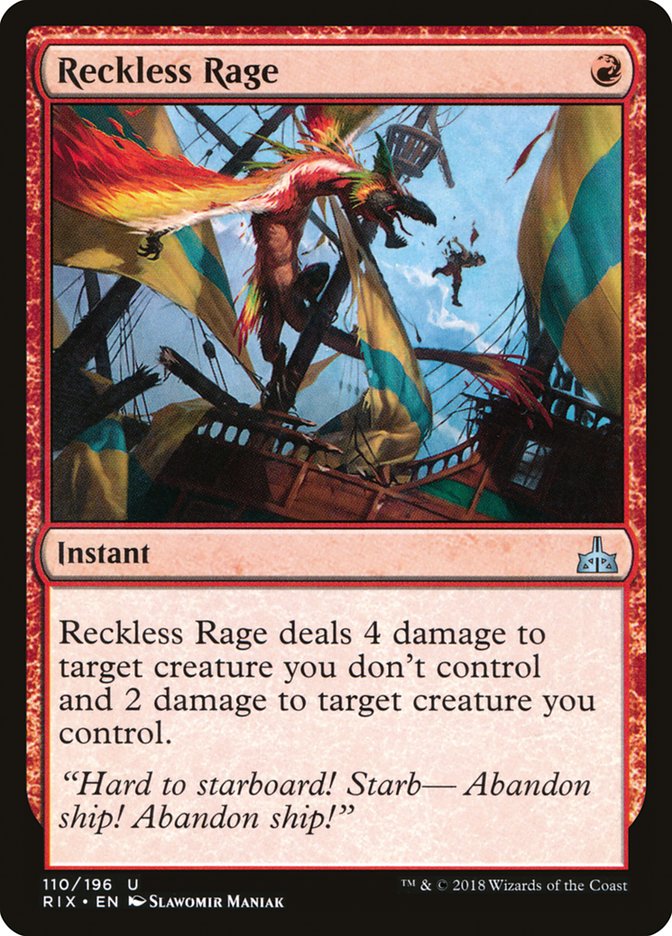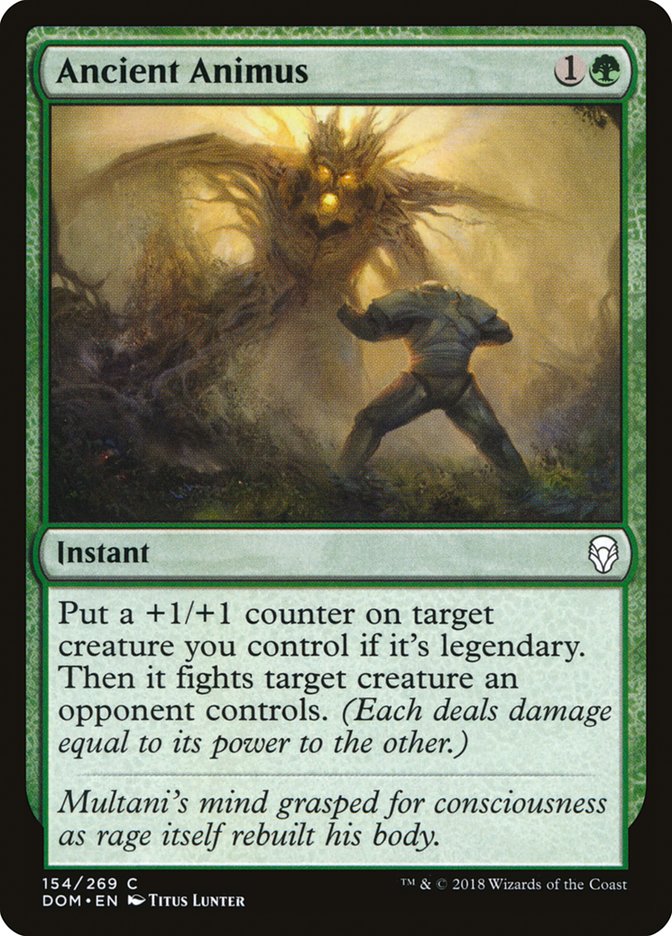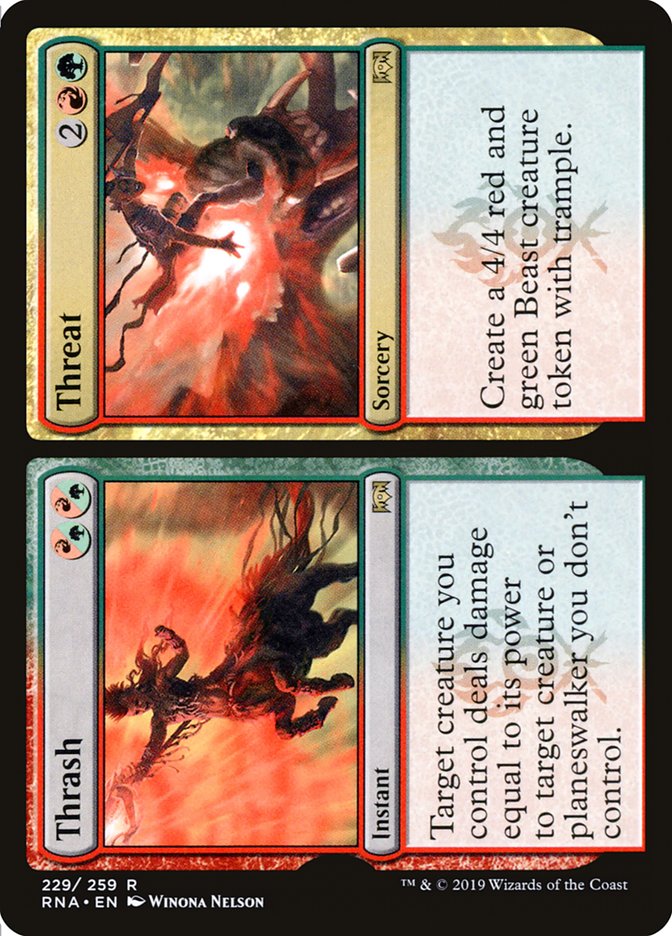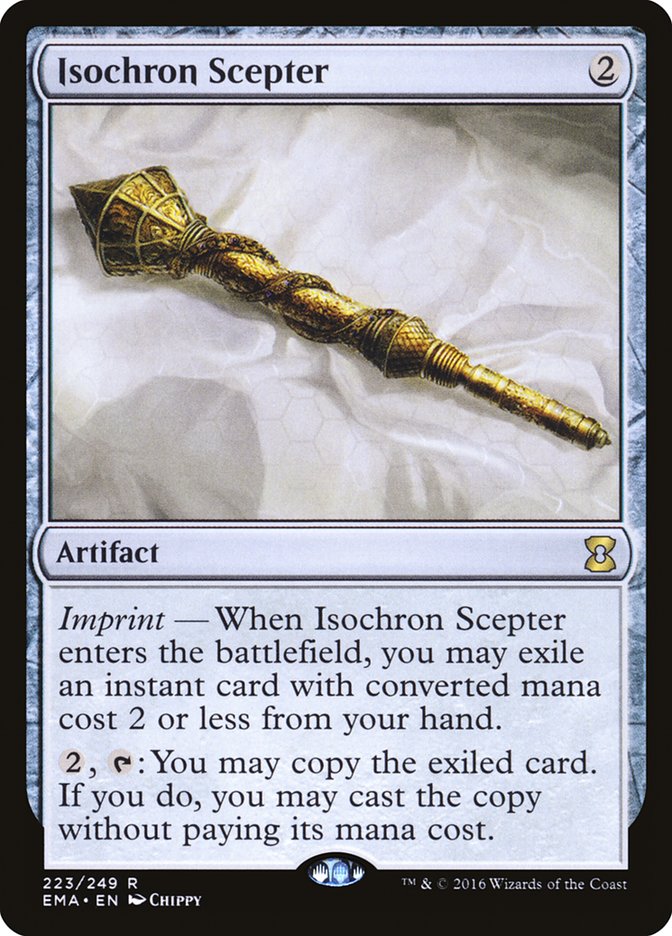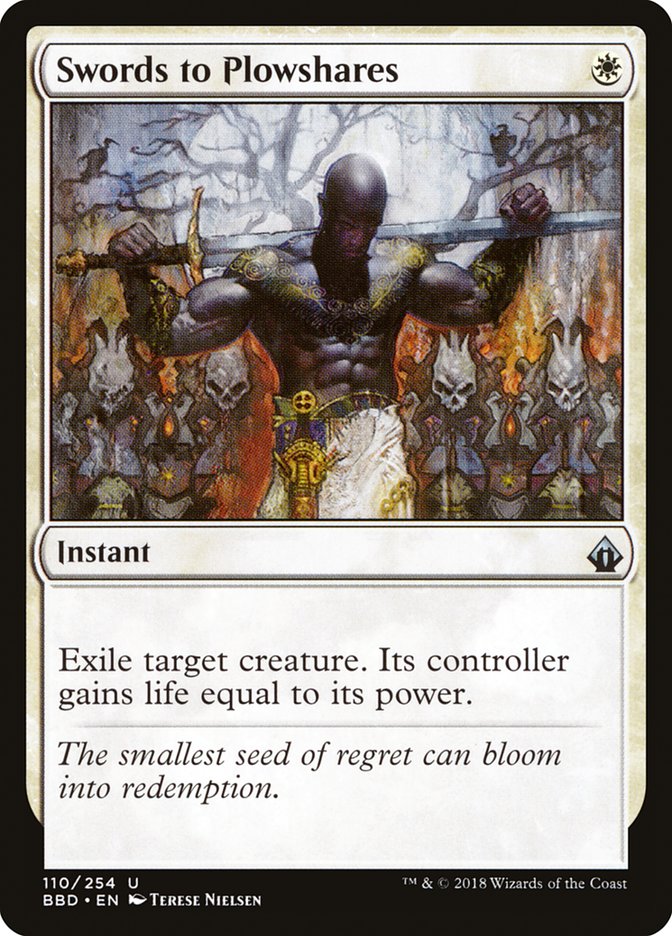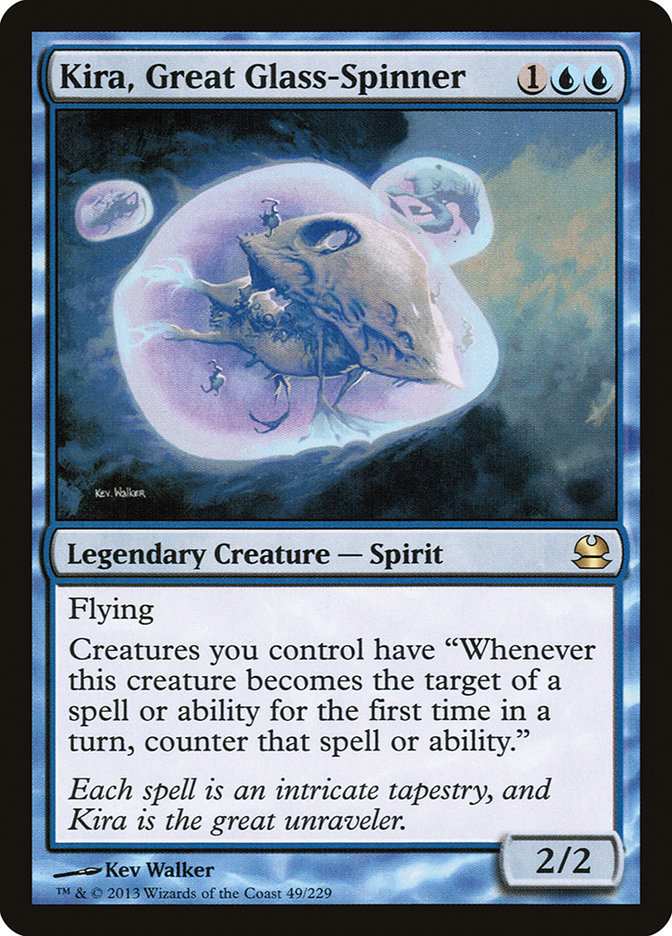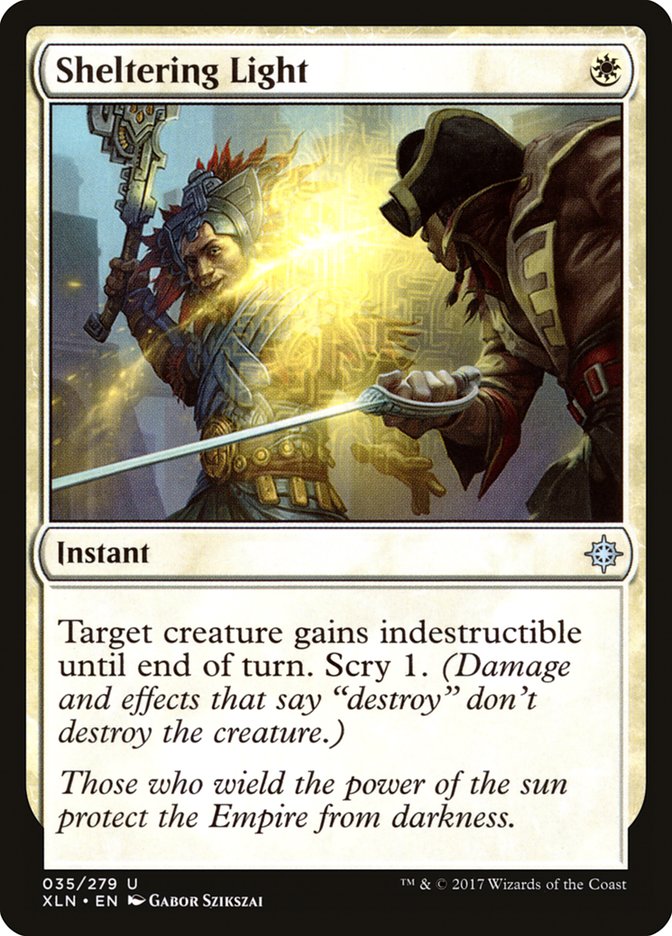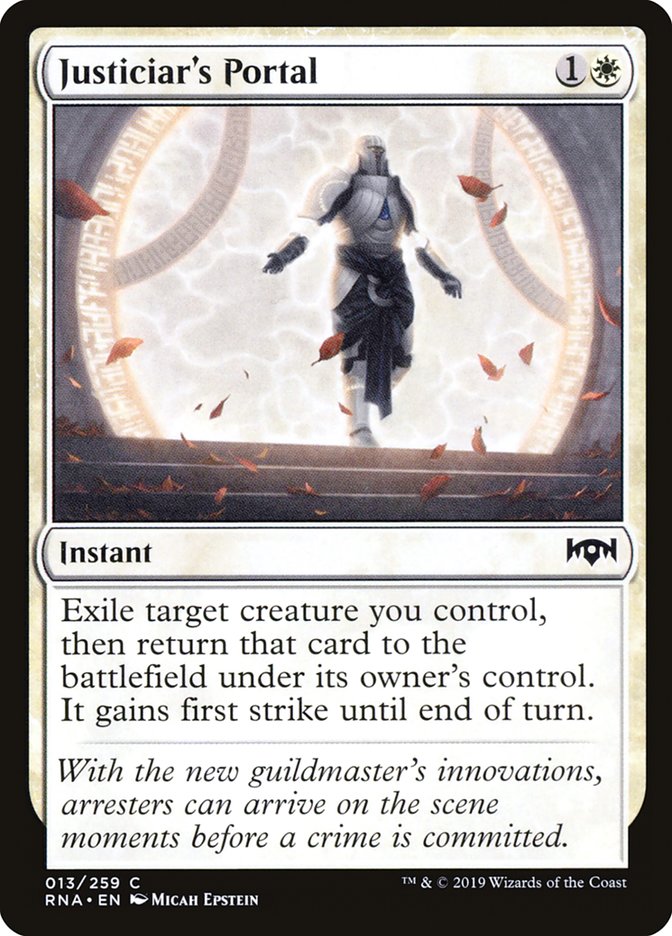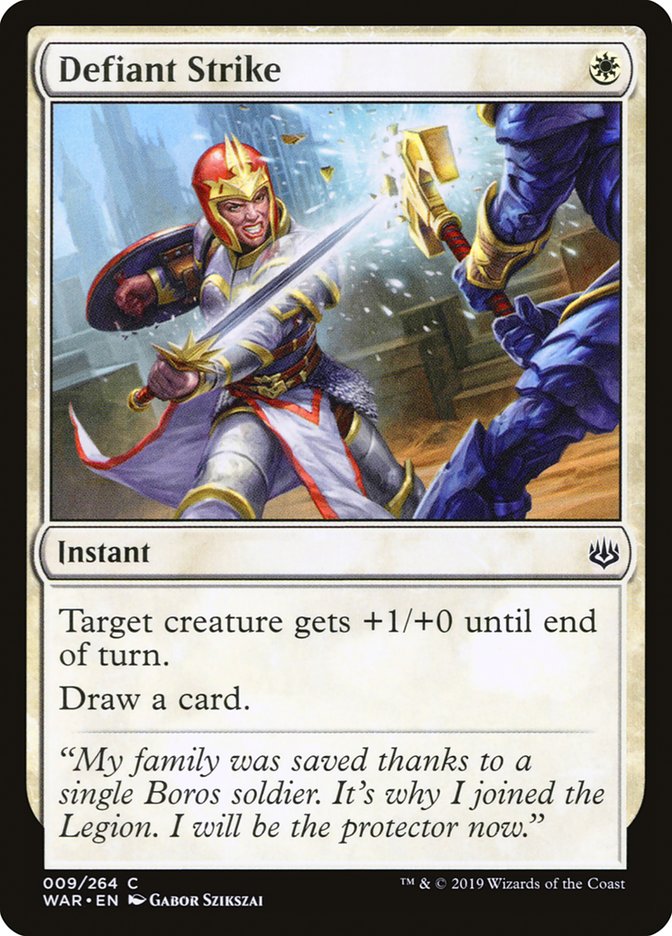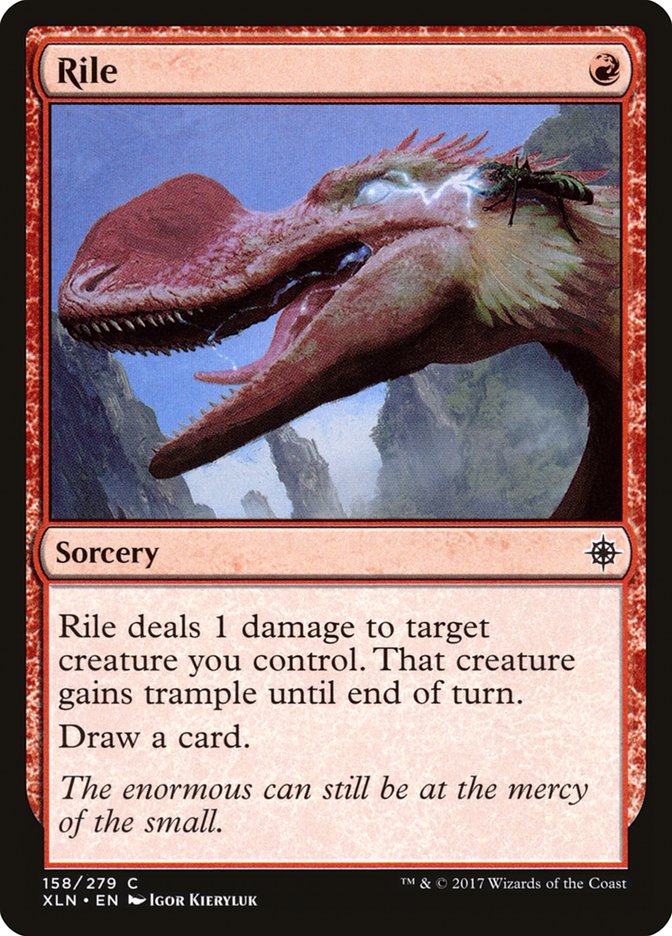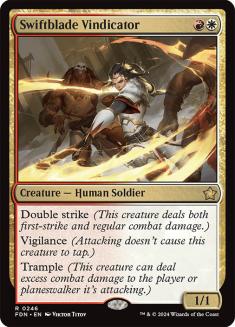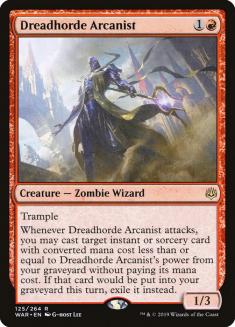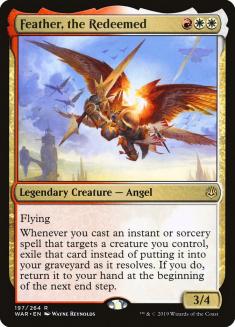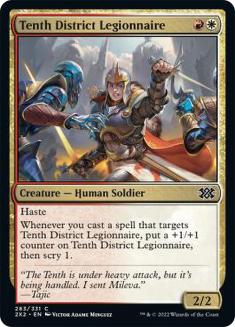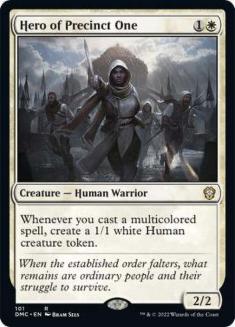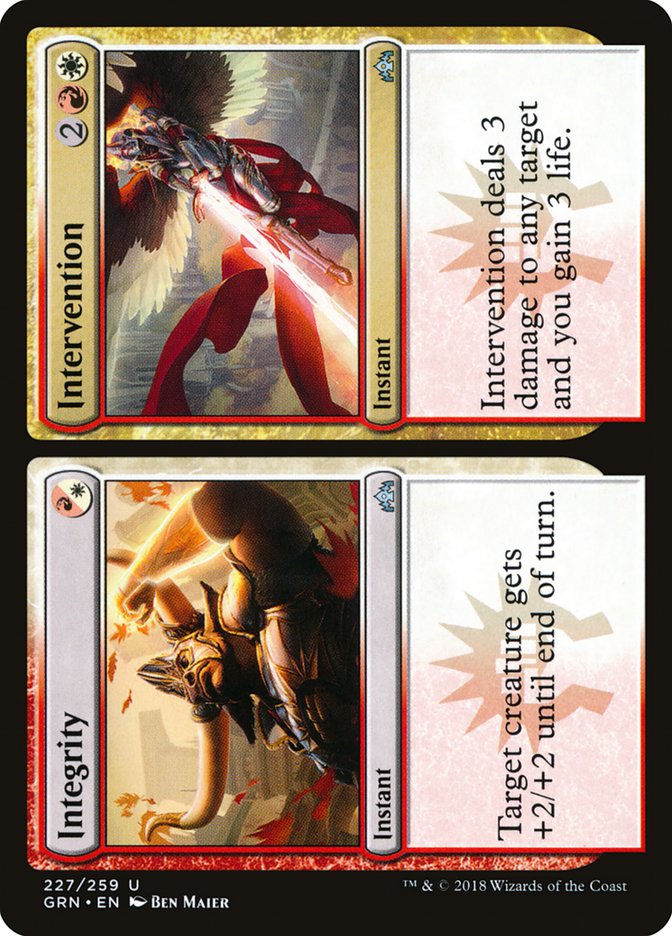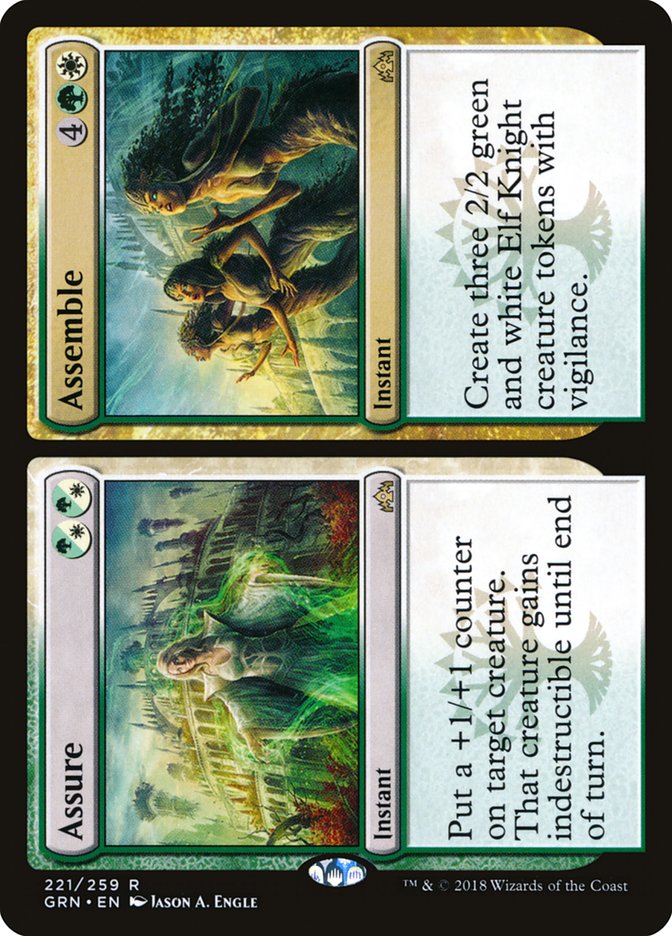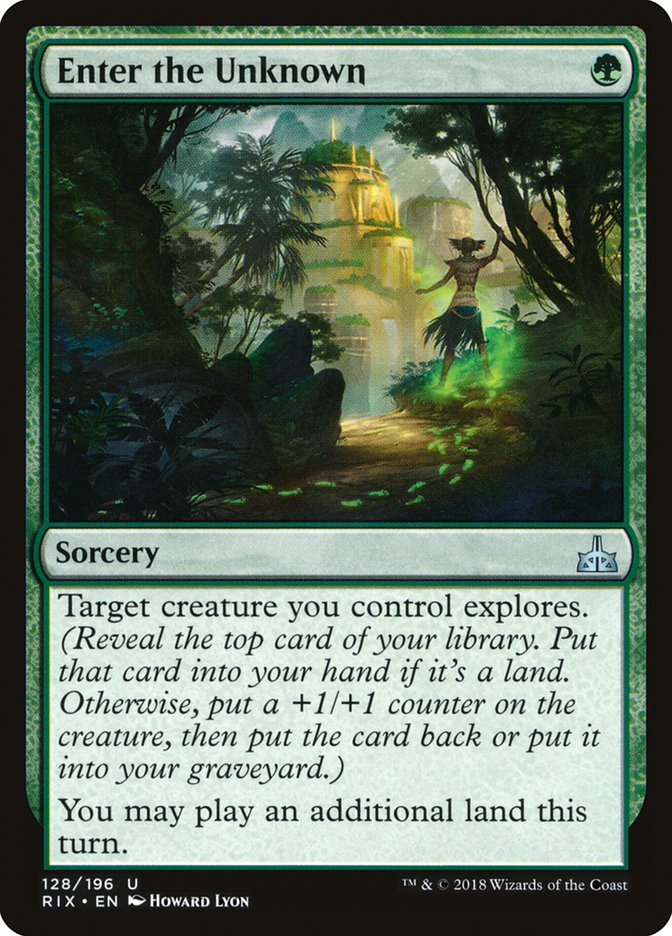In my mind, before we started to see War of the Spark previews, I figured we’d see a big paradigm shift towards games that would be heavily influenced by planeswalkers on each side of the battlefield. Planeswalkers in recent years have always been the premier way to generate various forms of card advantage, be it drawing cards, retaining battlefield presence, or removing creatures from the battlefield. With the promise of so many planeswalkers to choose from, I just assumed we’d see some deceptively powerful card advantage engines as preview season marches on.
I didn’t really assume we’d see them be creatures rather than planeswalkers, though.
When I saw Feather, the Redeemed for the first time, of course the first thing that I did was check two things that let me know whether a complicated legendary creature’s text box is worth reading.
Three mana? Okay. 3/4 is a good stat-line. Flying? Wow, impressive stuff.
You’re selling me. Let’s check out the text box shall we?
Within seconds my mind was racing. How can I break this? How many spells worth rebuying are there that target my creatures? Can this make playing traditionally underpowered cards like combat tricks a viable strategy?
Seeking answers to my questions, I went straight to Gatherer, searched for all instants and sorceries that targeted a creature, and found that there’s much more to this card than meets the eye.
For starters, note that the ability text only requires that your instant or sorcery targets a creature you control, which is an important difference from targeting only a creature you control. This wording enables the first of the main roles Feather can take in your deck in Standard that I’m going to call “Feather the Dreadful,” as a nod to the legendary Gorgon herself, Visara the Dreadful.
Due to the wording that spells with one or more creature targets will still be able to be rebought by Feather, we want to look at removal spells that rely on your creatures to be targeted for one reason or another. Ancient Animus might be the most ambitious of these three contenders to control the battlefield, but it does a very strong Dromoka’s Command impression in a deck with enough legendary creatures, so it could be worth a shot.
Reckless Rage being a single mana to cast really has my attention, though. Four is a lot of damage to deal for such a cheap rate, and with Feather, you create a full-on Flametongue Kavu effect the format might not be prepared for. Imagine knowing that every creature you cast can and will be in the sights of a four-damage removal spell on your turn, and on your opponent’s turn.
That kind of repeated, efficient removal can be oppressive. It’s like playing against an Isochron Scepter that can kill you: you know what’s going to happen, but until you can take it off the table, it’s going to keep happening.
Thrash // Threat might be the best card in this spread to me, because not only is it a removal spell, it’s also a good creature. The flexibility of a two-card combo piece like this means games where your Feather might die aren’t nearly as punishing, because you’re diversified. The fewer traditionally bad cards you need to put into your deck to enable a card, the better, after all.
The second great role that Feather can take is “Feather, Great Glass-Spinner.”
Back in the days of Bant Heroic, one of the biggest strengths of the deck aside from Dromoka’s Command was its ability to punish the expensive removal spells of all the midrange decks with Gods Willing. While the format currently lacks a protection spell like Gods Willing short of Dive Down, which could be a lot to ask of our mana requirements, Sheltering Light’s indestructibility clause is just about as good against everything short of Vraska’s Contempt.
Normally, decks that play protection spells, like Infect in Modern or Mono-Blue Aggro in Standard, tend to tax the opponent’s mana with these kinds of cheap protection effects. This creates the play pattern of “end of your turn, cast a removal spell, untap, cast a removal spell” in hopes to finally push through an answer before it’s too late.
This pattern still holds to be your best chance against Feather, since the spells don’t return until the beginning of the next end step, but it illustrates exactly the Kira comparison I’m going for. You can’t just try to trade your removal for my protection spells like you can against Mono-Blue Aggro or Infect, because you’re not trading them one-for-one. This flips the script in the race to answer Feather: now suddenly the midrange deck is the one fighting to pick its spot, except the removal is always worse-suited to do so than the protection.
But it doesn’t stop there! With cheap cantrips that target creatures like Defiant Strike and Rile, suddenly you’ve got “Tireless Feather.”
Admittedly, Defiant Strike is much better than Rile, but preview season is moving so fast that I’d already been writing about the cantrips when I saw that it was shown, so I couldn’t just cut the poor thing from its chance to shine, now could I? Rile does have some fringe relevance to it as well, as trampling over chump blockers with a large Siegehorn Ceratops or Tenth District Legionnaire gives you an easy way to convert all the investment you make into your threats into damage.
So you might be thinking that I’m overselling these ideas or struggling to see how the cost of building your own engine can be worth it, but here’s the kicker:
Feather doesn’t have to be just one of these things. She can be any and all of them so long as deckbuilding allows it.
At any time, depending on the context of your game, Feather can come down and immediately start taking over the rules of engagement. If your opponent’s deck or gameplan is inflexible, the right spell can totally shut them out. One Defiant Strike that has been waiting for its moment can suddenly be two more cards a turn cycle. A Reckless Rage can turn Feather into not one but two Flametongue Kavus. Even a Sheltering Light can start holding down the fort in combat and dig you towards what you need. With just one card’s worth of support, unchecked, Feather is a flexible, all-inclusive card advantage machine.
It might be too soon to say we have on our hands all the tools for a purely Heroic-style deck; we might be just one really good threat short, or the spells might not line up right. What I can say right now is that, if there is, it’s bound to be straight-up Boros.
I’m considering all these cards as frontrunner threats for this kind of strategy, but until we have the whole picture, it’s difficult to say what will be the best ones to play. Bant Heroic during its time in Standard had a wealth of amazing threats, including in the one-drop slot to really come out of the gates threatening to run away with the game. Right now in Standard we don’t really have a creature like Favored Hoplite capable of holding up the archetype, but if we get one, it would be hard to believe the deck couldn’t be a dominant force.
Even without that kind of support, Feather is still bound to find a home somewhere. Since the release of Guilds of Ravnica, we’ve seen decks like Boros Angels prove the ability of a strong midrange archetype to hold its own in Standard. With a better rate than something like Resplendent Angel and the ability to incorporate a package of card advantage on its own, the future of Feather must be bright.
I’ve been guilty of burning my Magic Online tickets on various Naya Midrange decks that never saw the light of day – not my Magic Arena Wildcards, though, those are too precious – but Feather is giving me at least one more reason to light a few more on fire to try more things. A shell that is less all-in, possibly incorporating a Wildgrowth Walker alongside Enter the Unknown, and some passed over Naya-colored split cards might shape up well.
With more previews left to come, I can’t wait to see how this build-around shapes up. Feather, the Redeemed is probably the most exciting card I’ve seen in a long time. The wide range of possibilities it opens the door for are drawing me to it more than I’ve been drawn to any card in a long while. Part of this is because, when I heard War of the Spark was going to be planeswalkers on planeswalkers on planeswalkers, I was worried it meant the end of cool card advantage creatures, but now, not only has Feather been redeemed, my hope for all of future Magic design has too.
Fingers crossed that this one isn’t a fluke.


